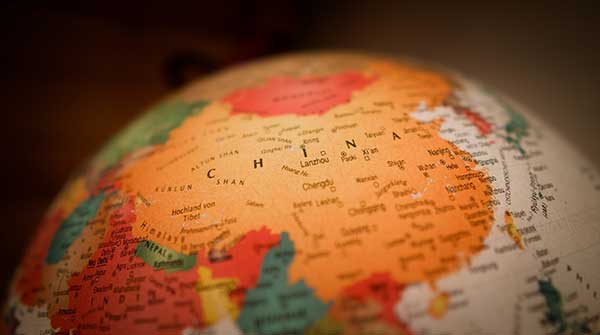Long gone are the days of Prime Minister Pierre Elliott Trudeau’s love affair with China

China’s recent expulsion of a Canadian diplomat in response to a similar action taken by Canada has raised concerns about the future of the two countries bilateral relationship.
This tit-for-tat exchange is nothing new, especially when dealing with China, but it has left many commodity groups apprehensive about the potential consequences for Canada’s agricultural sector.
Remember 2018? In December of that year, Canadian authorities arrested Huawei’s Chief Financial Officer, Meng Wenzhou, to be extradited to the United States. China responded by detaining two Canadians and changing a drug smuggling sentence against a third Canadian to the death penalty.
China’s actions, along with Ottawa’s expressed concerns, led to a significant slowdown in trade between the two countries. Canadian exporters had to seek alternative routes to reach the Chinese market. Some experts suggest that was the moment when Cold War II started and that it will last a while, perhaps as long as the last one.
The current situation again raises uncertainties about various exports, including lobster, canola, wheat, pork, beef, and even the popular coffee chain Tim Horton’s, which operates over 800 stores in China.
Canada needs to be ready for this. Unlike Cold War I, agri-food trades can be weaponized since we now have massive economic involvement between nations. Knowing more about your enemy is much, much easier now. Our economies have provided open access to people and data. This is not at all reassuring.
According to Farm Credit Canada, after canola and wheat, crustaceans such as lobster, crab, and shrimp were Canada’s third-largest agricultural export to China last year, with a value of over $1 billion. Canada’s agriculture and agri-food products worth more than $8 billion were consumed by China, which happens to be the second-largest export market for Canada.
In contrast to numerous other trading partners, exports to China have continuously risen and were not affected by the global economic crisis. But that relationship now comes with some significant diplomatic baggage. Canada essentially feeds China, and has done so for a few decades now. But China has also grown and has increased its capacity to feed itself. As a nation obsessed with control, China won’t hesitate to compromise its own food security to take a stand. But food insecurity is much less of an issue now than just a few years ago.
Despite having less than 10 per cent of the world’s arable land available for cultivation, China manages to produce one-fourth of the world’s grain and feed one-fifth of the world’s population. China’s agricultural output is the largest globally, yet only 10 per cent of its total land area can be used for farming. And the country is only getting more efficient. It is building hog farms that can produce one million pigs annually. China has more options than before.
It’s hard to argue with the statement that China is not worthy of our democracy, and that no such relationship is warranted. Still, taking a stand will always come with a response, and China is in a powerful position to hurt many nations through trade sanctions.
Global food geopolitics aren’t what they used to be. During the Cold War I, you just picked a side. Canada picked the side which won in the end. But choosing sides in the current geopolitical landscape is not as straightforward as it was during the Cold War I. With China’s ascent and a weakening United States, Europe, South America, the Middle East, and Canada find themselves in between. Aligning solely with the U.S. carries significant risks.
Canada’s relationship and proximity with the United States is a growing problem for our country, no matter who’s in power: Trump, Biden or anyone else for that matter. Many agri-food trade groups like the Lobster Council of Canada, the Canadian Meat Council, and the Canola Council are fully aware that the writing is on the wall and have already made efforts to open new markets in the Asian-Pacific region. Ottawa just opened an office in the region for that exact purpose.
India is certainly an underdeveloped market for Canada. Increased export market diversity beyond the U.S. and China is more critical than ever. Canada exports more than $85 billion of agri-food products a year now, supporting our economy. That can’t be underscored enough.
Long gone are the days of Prime Minister Pierre Elliott Trudeau’s love affair with China in the 70s. The world has changed. China’s President Xi Jinping’s tenure is set to outlast many U.S. Presidents and Prime Ministers. The ‘America buys while China sells’ paradigm is ending as China is no longer cheap and an afterthought; it aims to dominate.
With significant holdings of America’s debt and control over many parts of Africa, a new world order is well underway.
Dr. Sylvain Charlebois is senior director of the agri-food analytics lab and a professor in food distribution and policy at Dalhousie University.
For interview requests, click here.
The opinions expressed by our columnists and contributors are theirs alone and do not inherently or expressly reflect the views of our publication.
© Troy Media
Troy Media is an editorial content provider to media outlets and its own hosted community news outlets across Canada.


